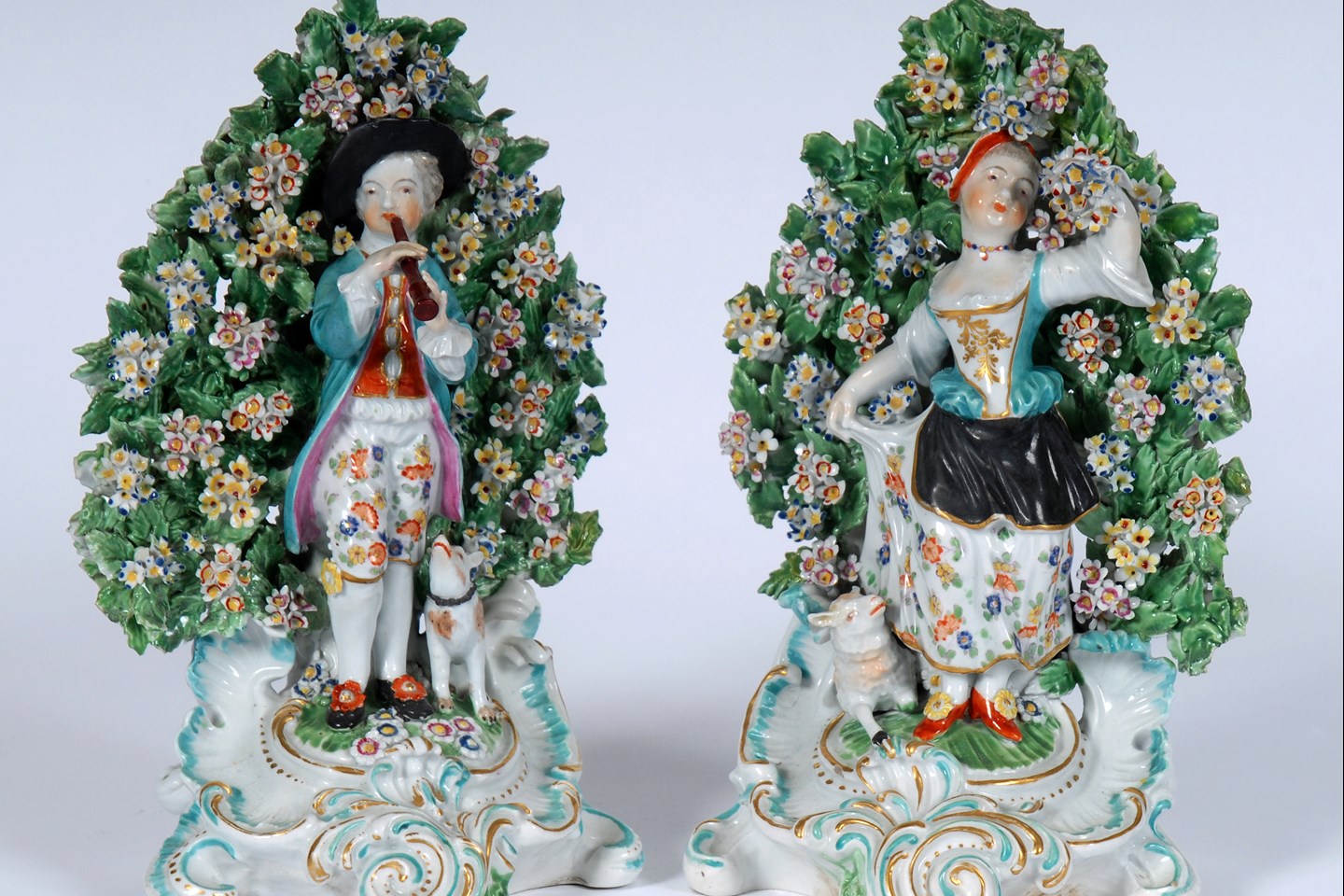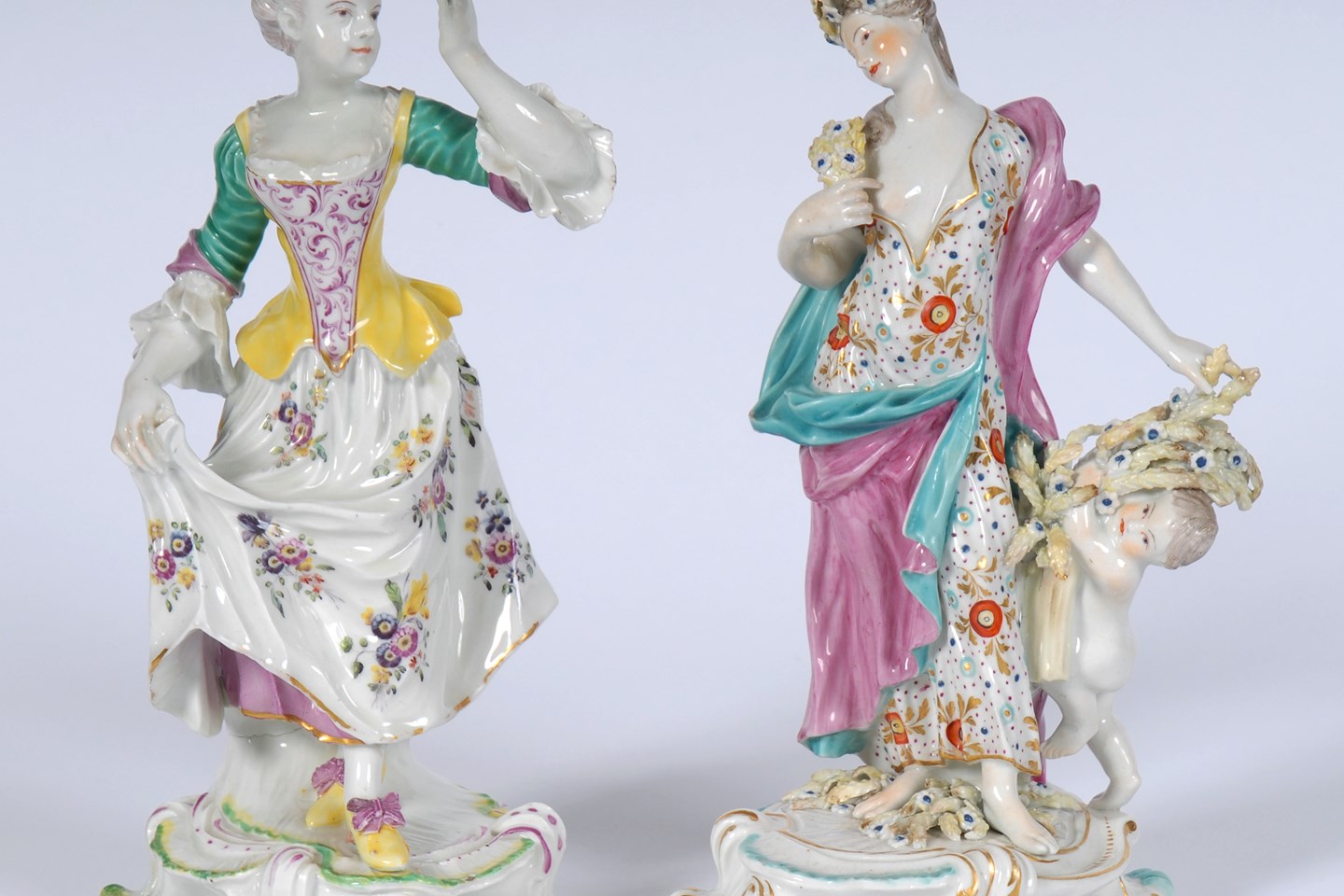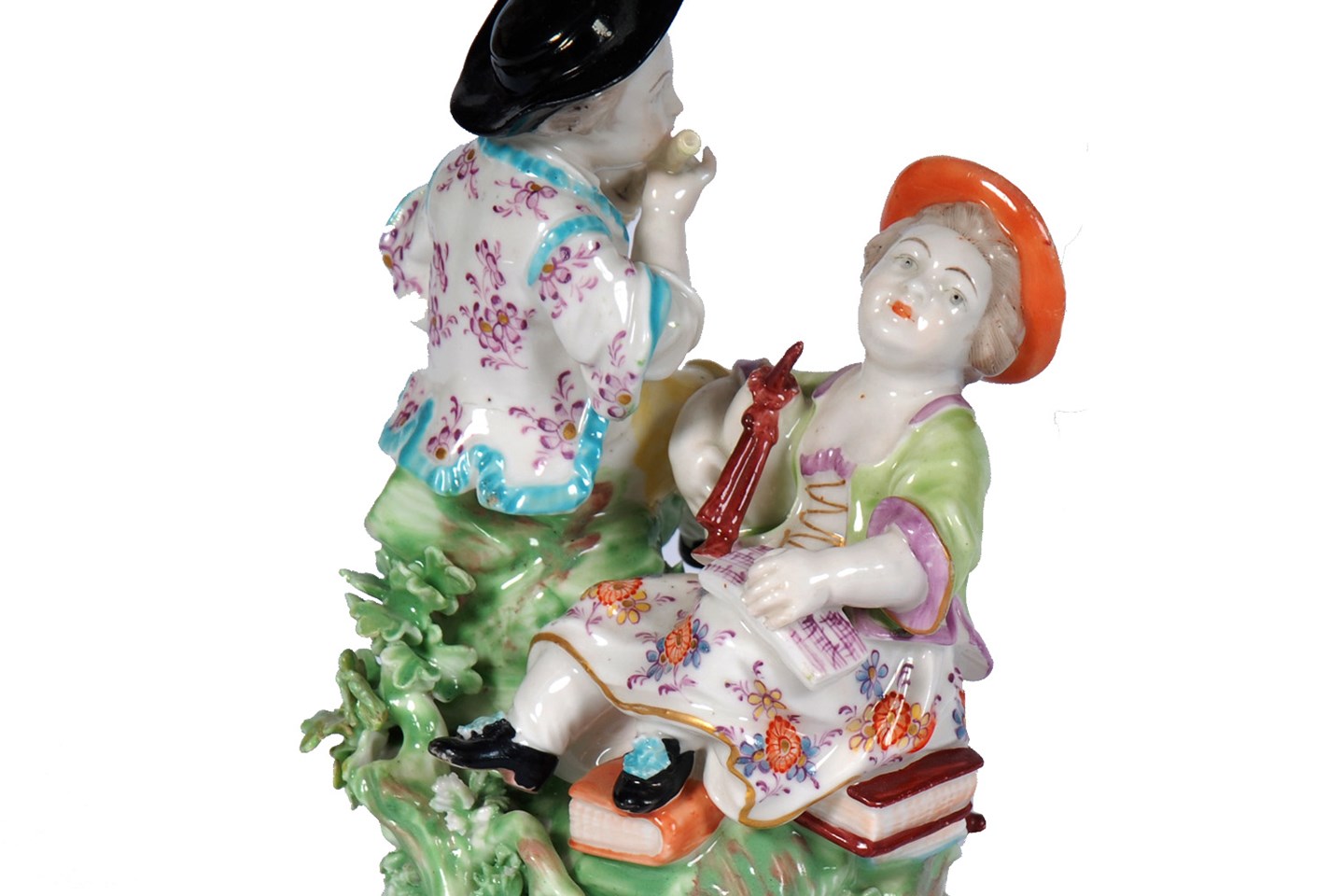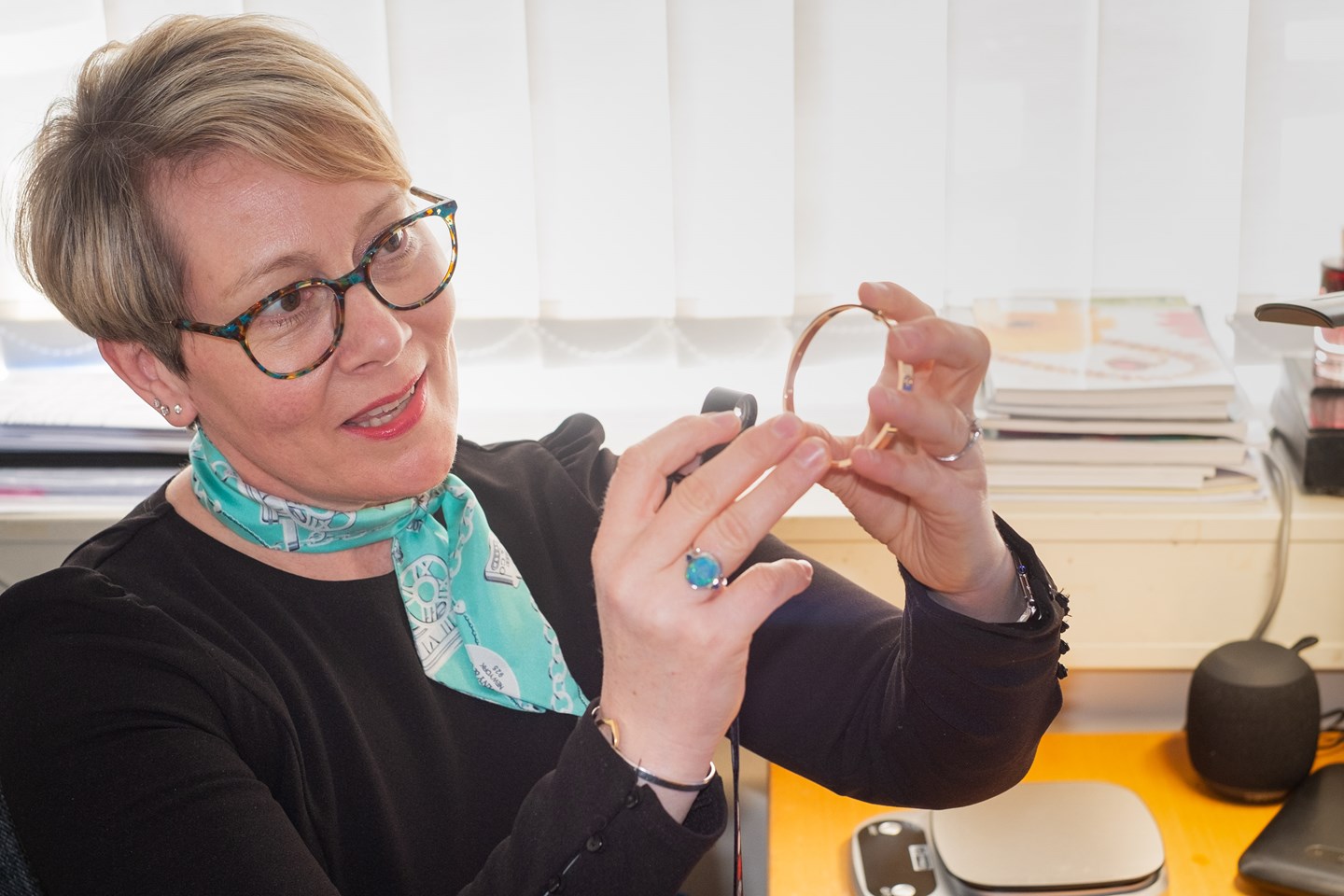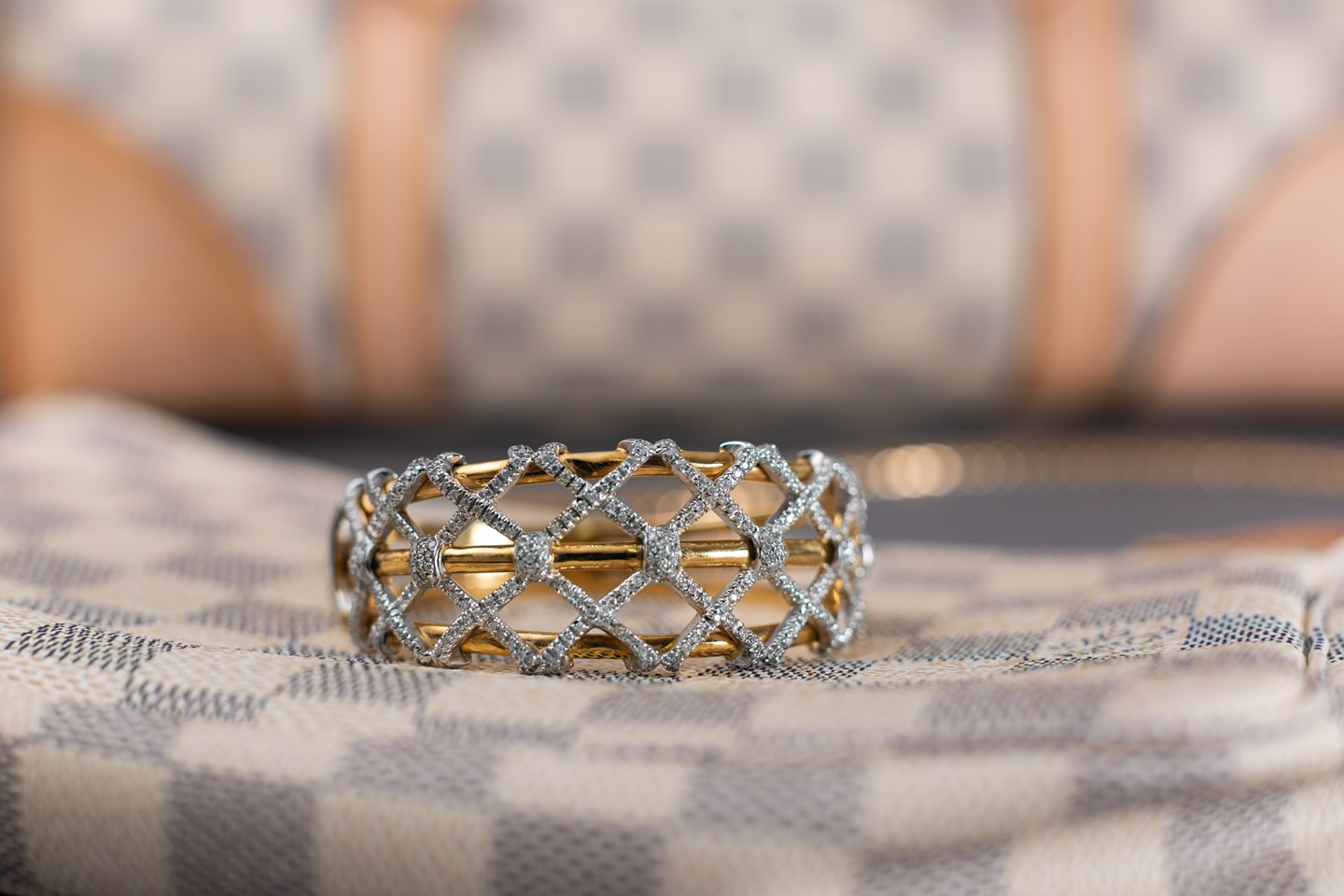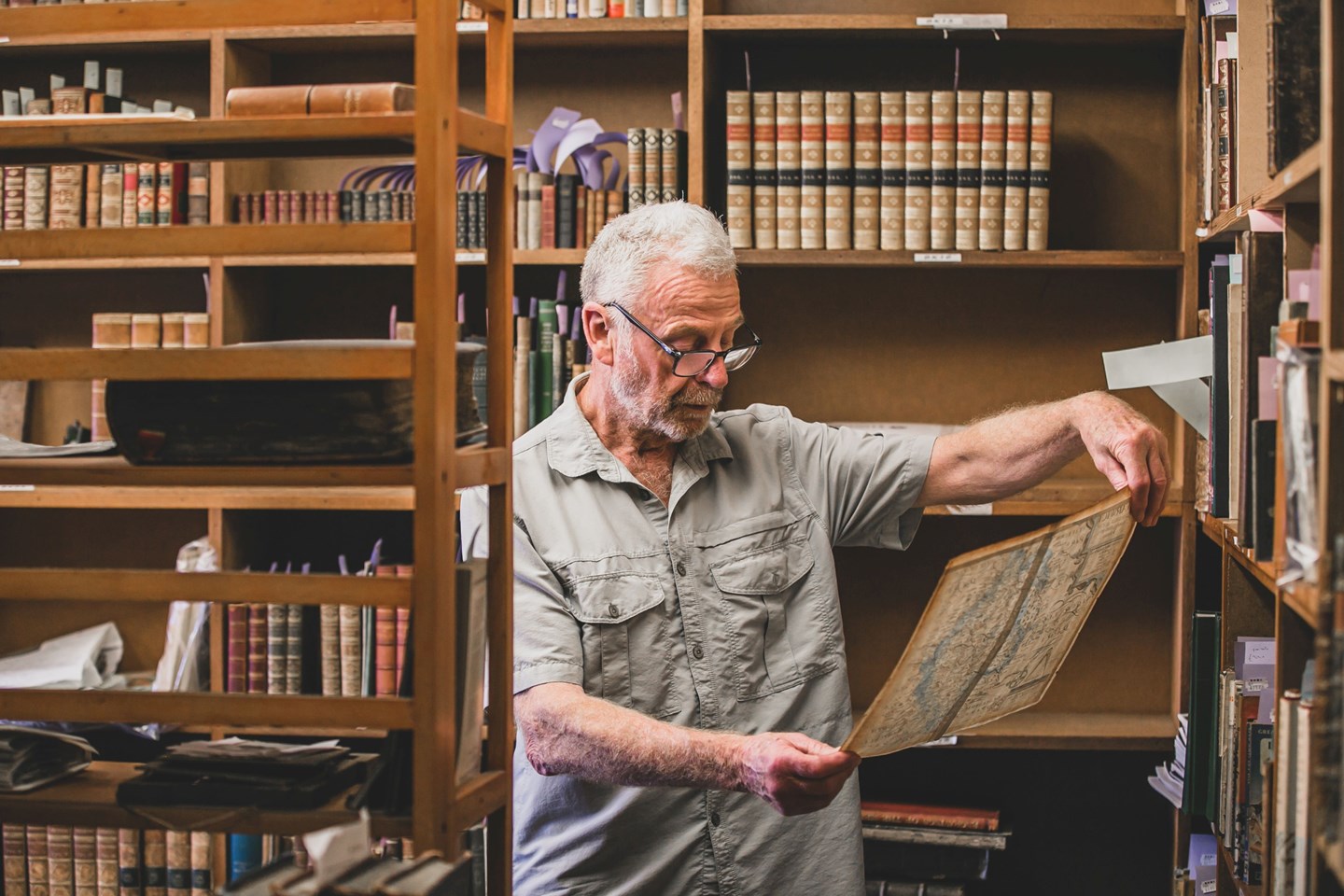The early history of Derby porcelain is problematical but we know that a factory was in existence circa 1750 for in 1751-3 it was recorded that an ‘outside’ decorator William Duesbury in London was enamelling Derby porcelain figures. In 1756 Duesbury became part owner of the Derby factory. In the early years, the somewhat mysterious Andrew Planché was also involved together with a local banker, John Heath who was one of the partners in the well established Cockpit Hill earthenware manufactory. Planché soon faded from the scene to leave Duesbury in charge of the manufactory with Heath providing the finance. Even at this early time, figures formed an important feature of Derby porcelain and the factory produced a large range of figures, far more than any other factory, throughout the remainder of the 18th Century. In a newspaper paragraph of 1757 we read that “Numbers of Quality and Gentry…admired at the great perfection of Derby figures in particular, that many good judges could not distinguish them from the real Dresden”. Figures included the Continents, the Seasons, the Elements, Shakespeare, Milton and numerous figures from classical mythology.


